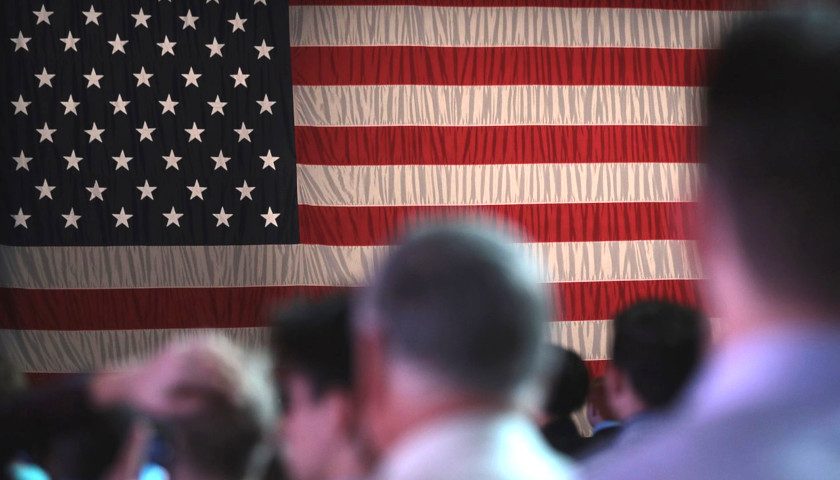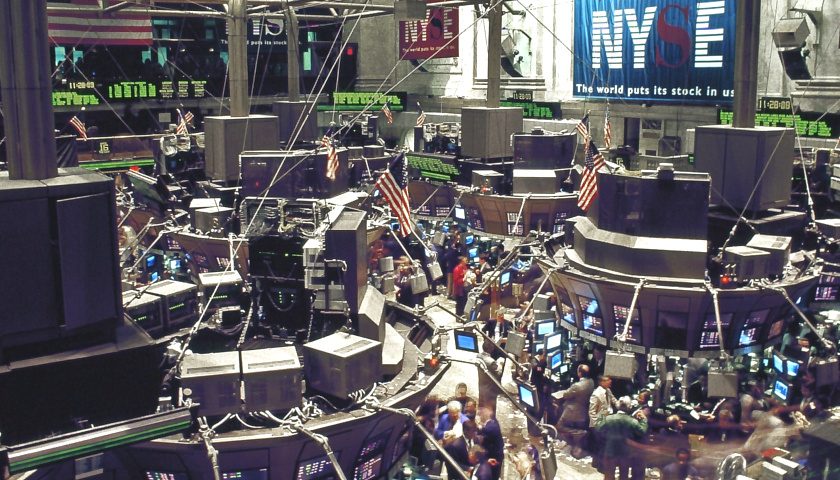by Robert Romano
U.S. labor markets continued showing signs of weakening as job openings fell to 7.6 million in July, the lowest level since Feb. 2021. Job openings are now 4.6 million below their March 2022 high of 12.2 million, a more than 37 percent drop.
This is what usually happens at the end of the business cycle after inflation peaks: hiring slows down and then the layoffs come as demand weakens.
In previous cycles, from Jan. 2001 to July 2003, job openings plunged 43 percent. From March 2007 to July 2009, they fell 55 percent. And from Nov. 2018 to April 2020, they fell 39 percent.

As the news came in, the spread between 10-year treasuries and 2-year treasuries temporarily normalized — the 10-year’s interest rate was greater than the 2-year’s — another sign that short-term growth expectations are dropping significantly. T
But it’s well above its July 2023 low of -1.06 percent.
Usually during slowdowns and recessions, the yield curve un-inverts at the same time unemployment is rising. Like clockwork, as the spread approached 0 percent, since Dec. 2022, unemployment has increased by 1.47 million. And in the household survey, employment peaked in Nov. 2023 at 161.86 million and was down 600,000 to 161.26 million in July.

And that’s when the Federal Reserve usually cuts interest rates to provide support for the U.S. economy, the odds of which are increasing at the Fed’s meetings later this month. The central bank doesn’t do that when the economy’s roaring, it does it when it’s weakening.
The bad new came atop another weak Institute for Supply Management (ISM) manufacturing survey that found most firms were contracting at the moment. Because demand is weak.
Oil briefly dropped below $70 per barrel in trading today. And the futures have it even lower, including $68.35 by Jan. 2025 and $67.14 by July 2025. Because demand is weak.
So, the real question is not whether the economy is weakening — it is — it’s what, if anything, Vice President Kamala Harris and former President Donald Trump say they would do about it.
In the latest Wall Street Journal poll taken Aug. 24 to Aug. 28, 29 percent of voters said the economy was the most important issue in the campaign, up from 16 percent who said the same in July. As labor markets cool and the American people notice volatility on Wall Street, they are paying attention more.
And among all voters, Trump was favored by 8 points over Harris on handling the economy 51 percent to 43 percent, and by 5 points on inflation, 48 percent to 43 percent.
Which could be bad news for Harris and Democrats hoping to hold onto power this year. The more Americans think about the economy, the less they like what they’re seeing — and they’re right.
– – –
Robert Romano is the Vice President of Public Policy at Americans for Limited Government Foundation.





